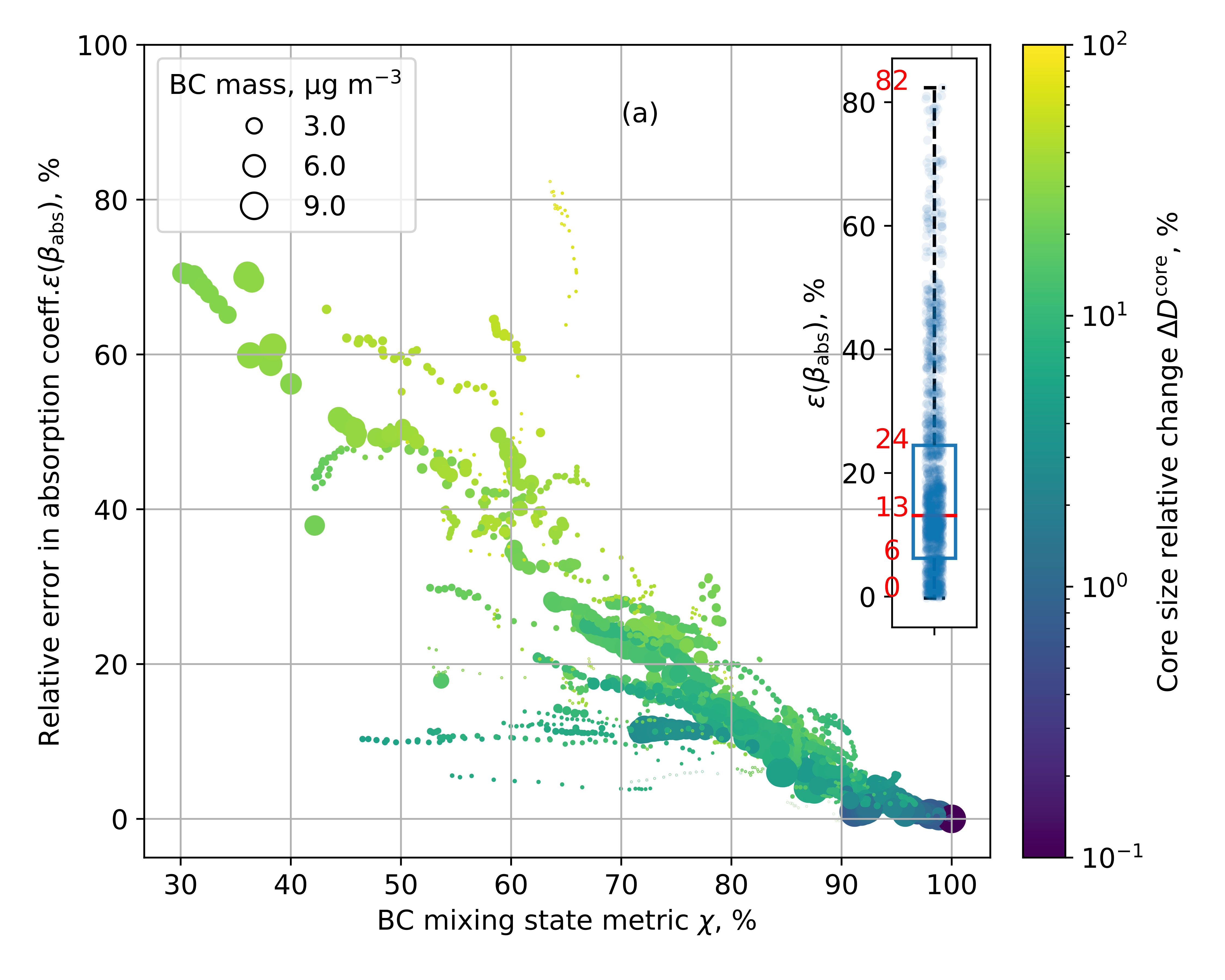
Particle Errors: Quantifying the Effects of Simulation Mixing State on Aerosol Optical Properties
Researchers use particle-resolved model simulations to quantify errors in simulations’ simplified optical properties.

Researchers use particle-resolved model simulations to quantify errors in simulations’ simplified optical properties.
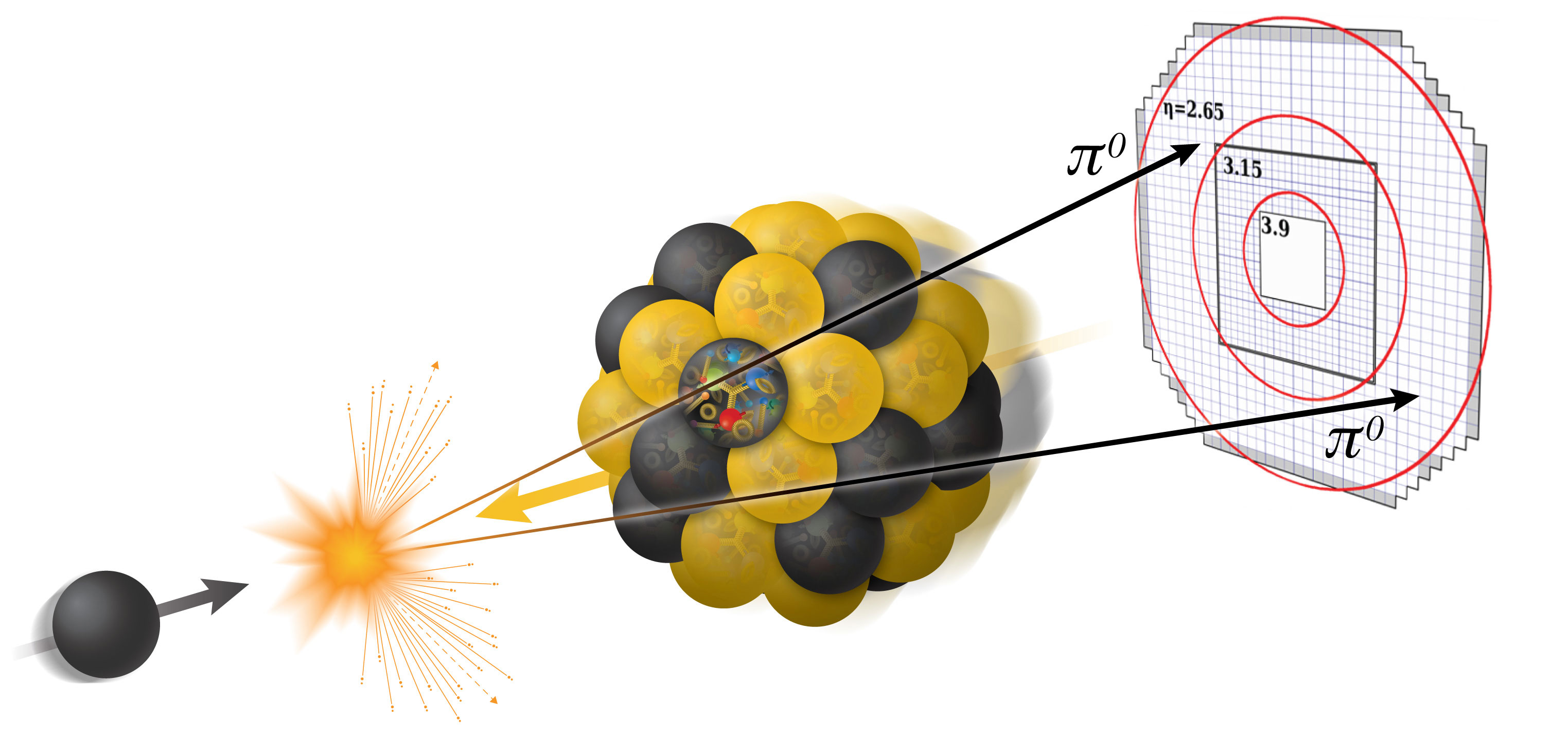
Suppression of a telltale sign of quark-gluon interactions indicates gluon recombination in dense walls of gluons.
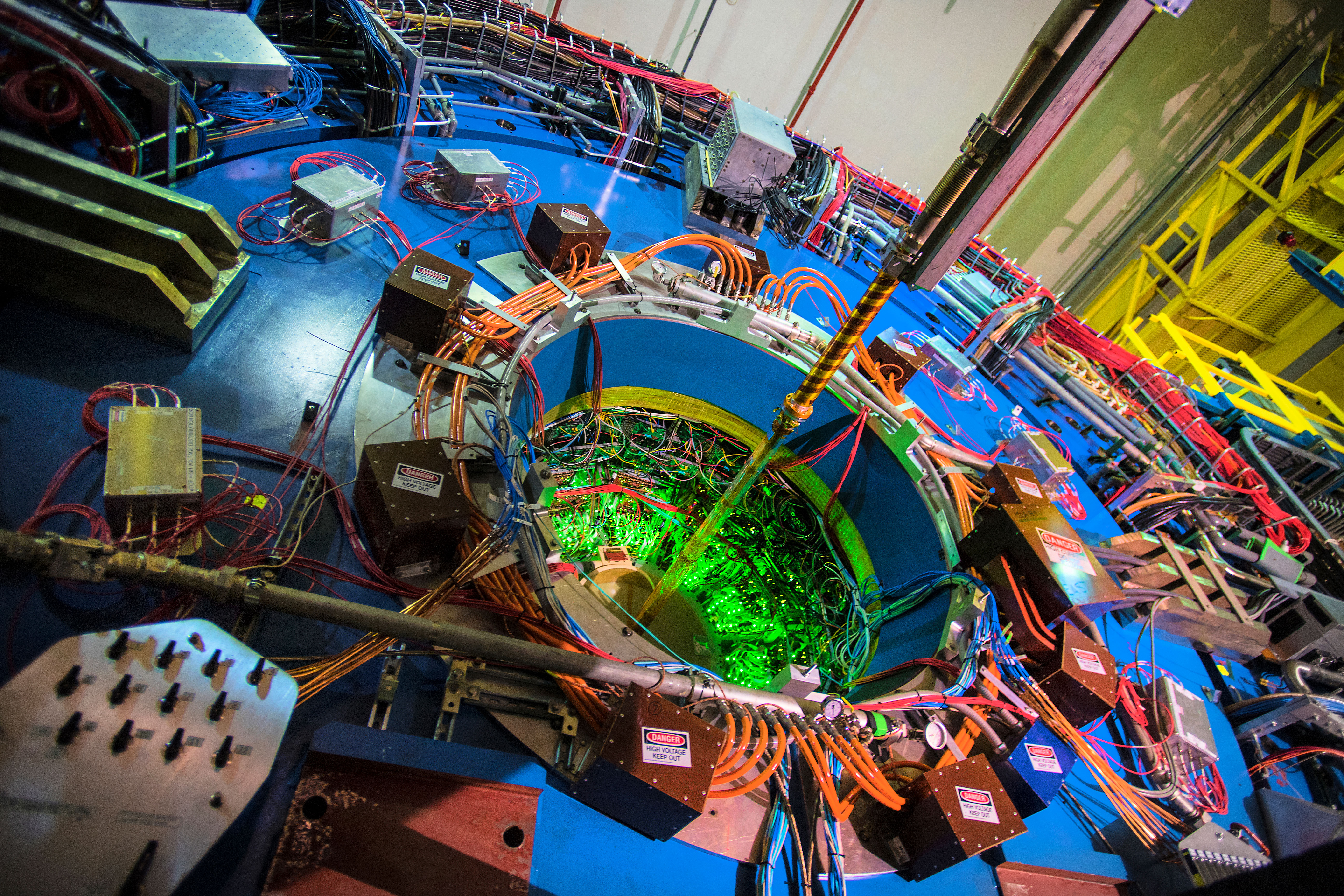
Quantum interference between dissimilar particles offers new approach for mapping gluons in nuclei, and potentially harnessing entanglement.
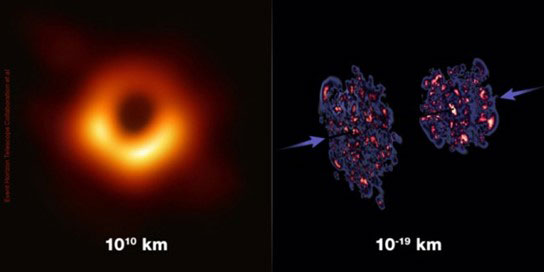
Physicists show that black holes and dense state of gluons—the “glue” particles that hold nuclear matter together—share common features.
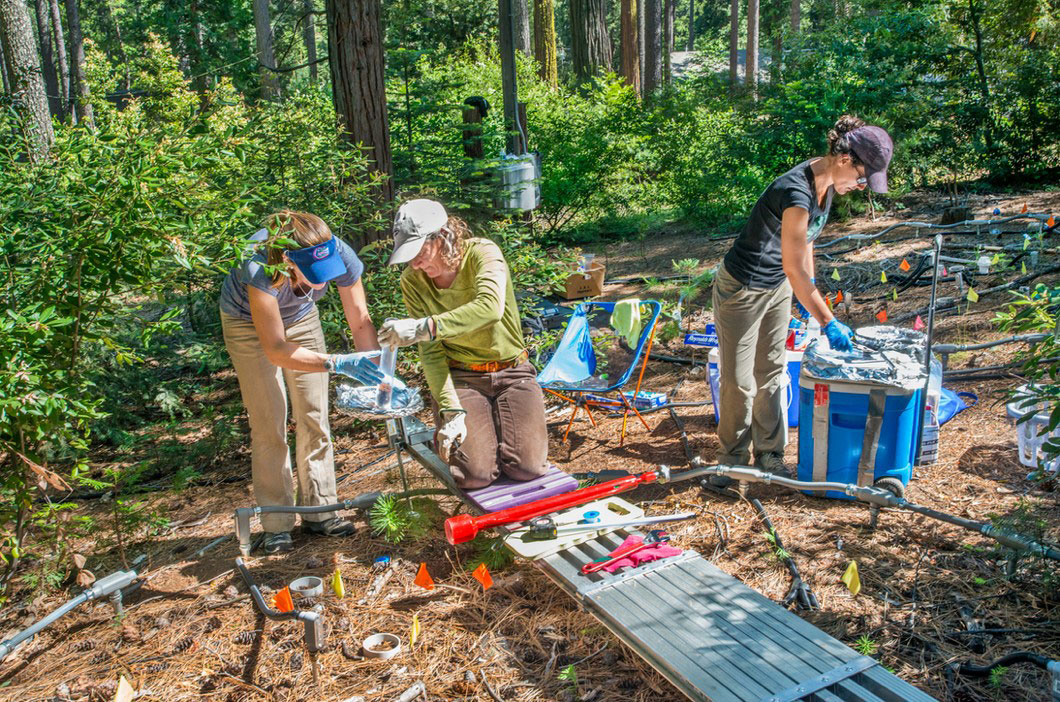
Experiment shows that even large, old, and presumably stable stores of soil carbon are vulnerable to warming and could amplify climate change.
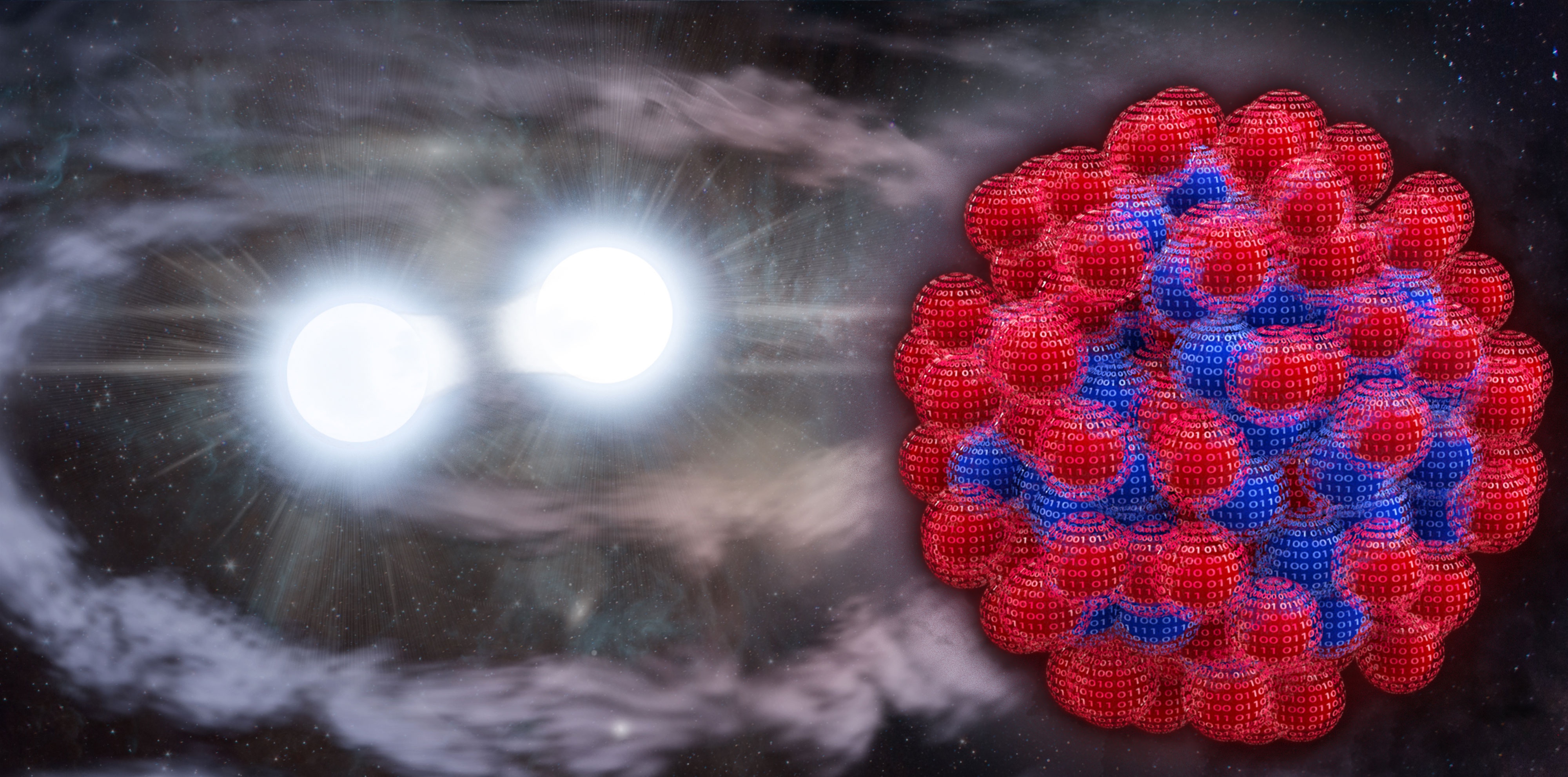
Powerful statistical tools, simulations, and supercomputers explore a billion different nuclear forces and predict properties of the very-heavy lead-208 nucleus.
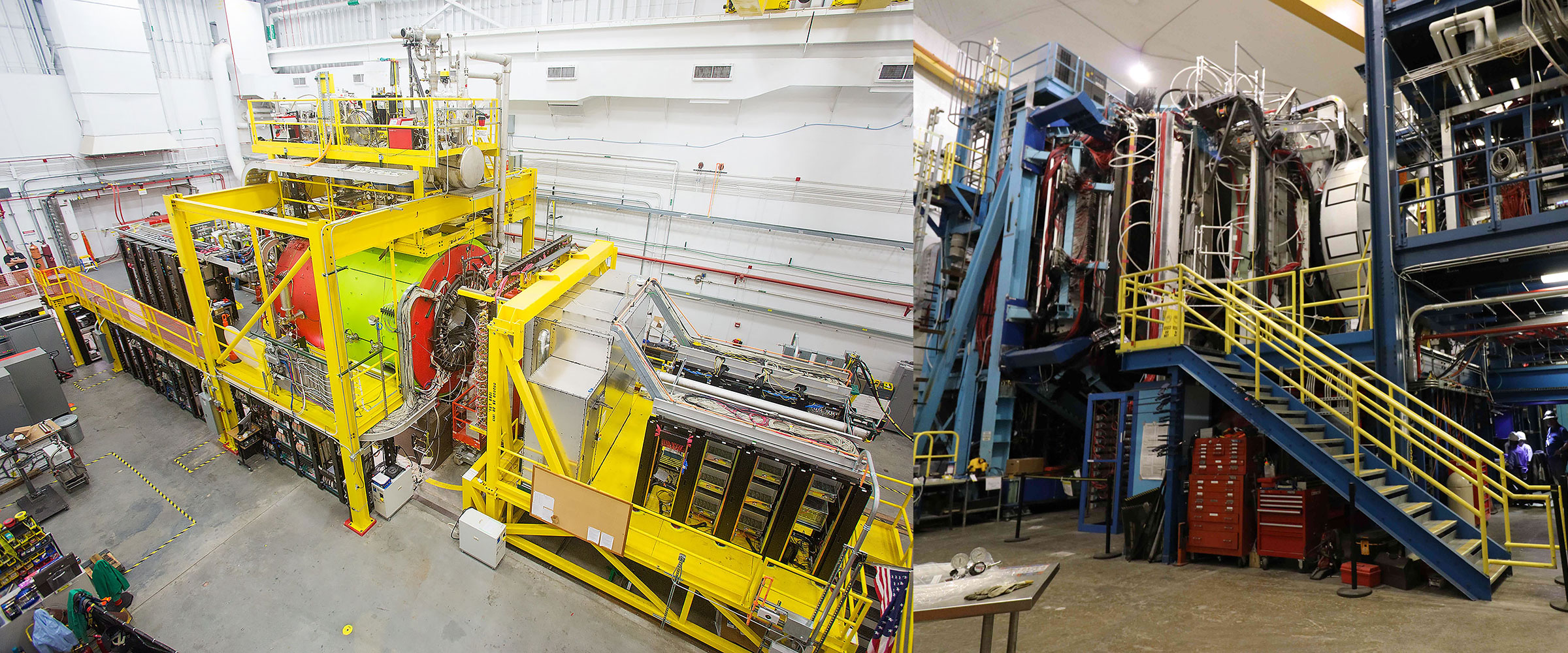
Nuclear physicists test whether next generation artificial intelligence and machine learning tools can process experimental data in real time.
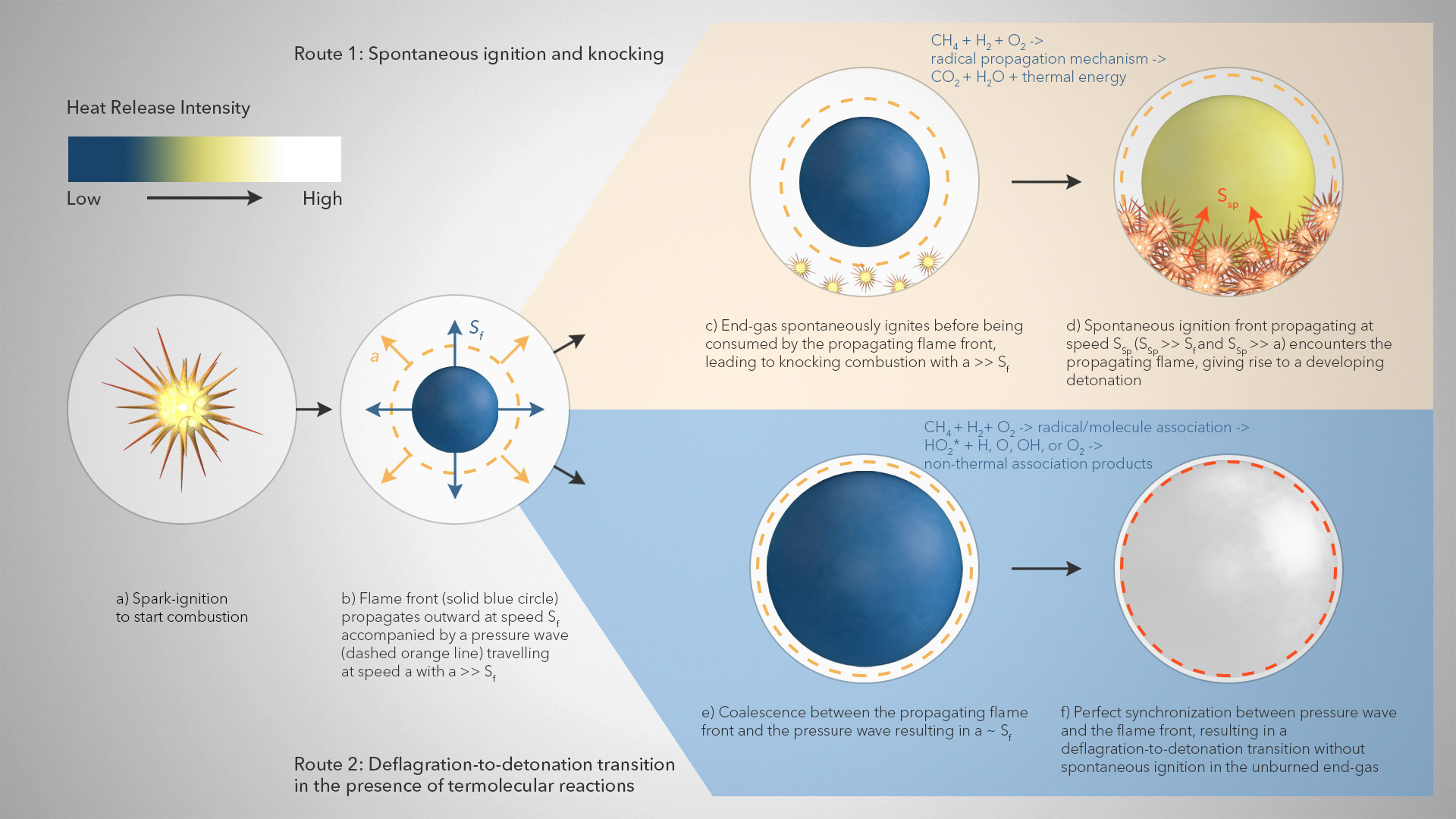
Scientists analyzed detonation formation in hydrogen/methane air mixtures, quantifying the effect of non-thermal reactions on the mechanism of detonation.
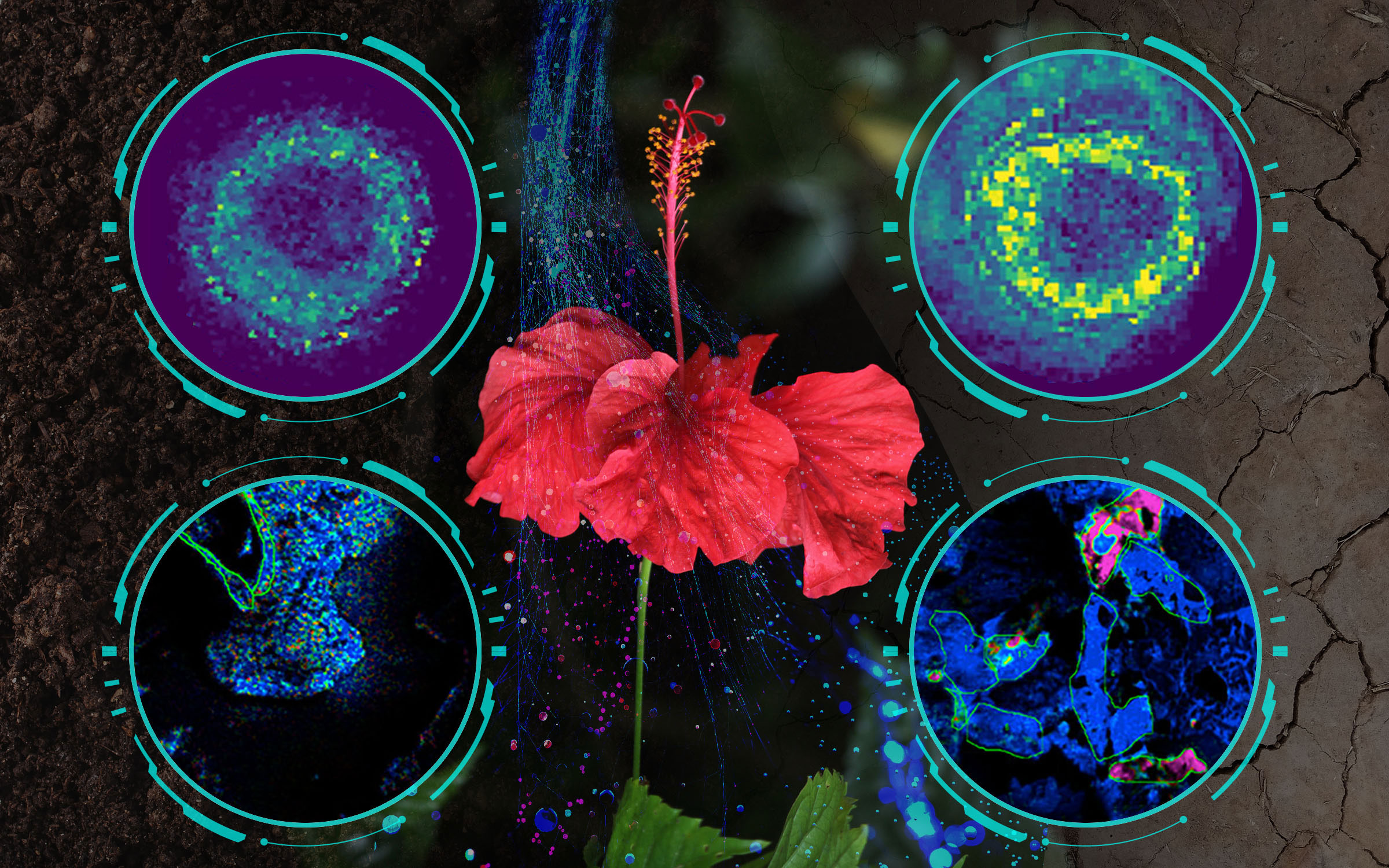
Using a novel combination of advanced research techniques, scientists show how the roots of various tropical plants react to harsh conditions.
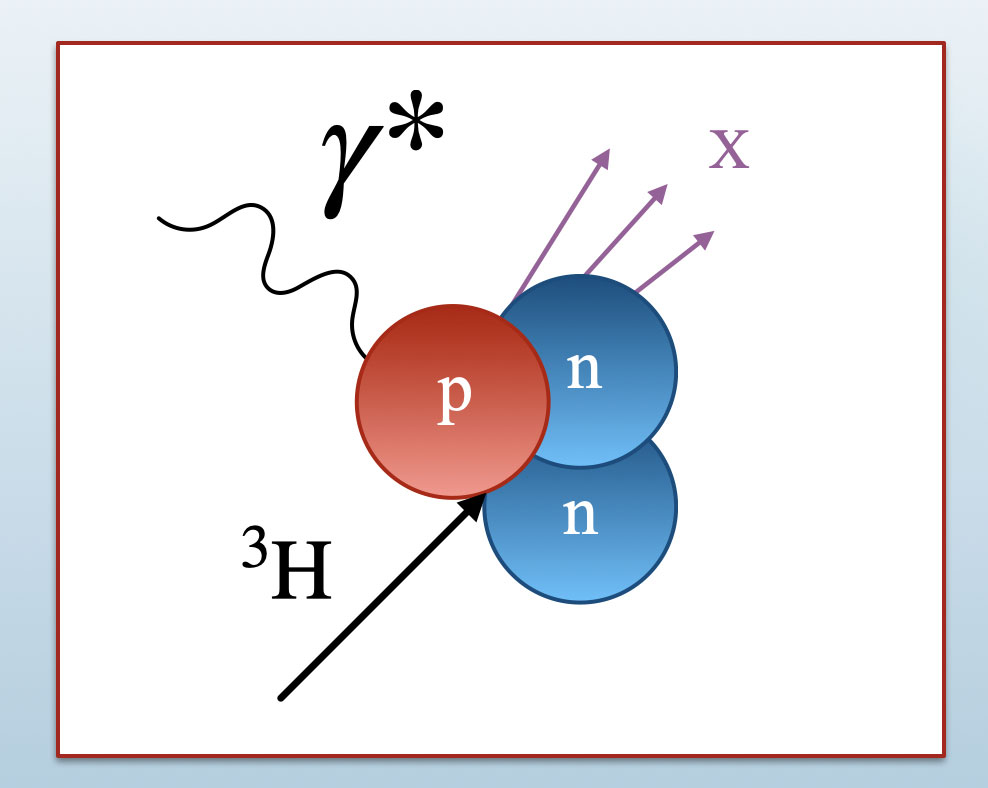
Nuclear physicists find that the internal structures of protons and neutrons may be altered in different ways inside nuclei.
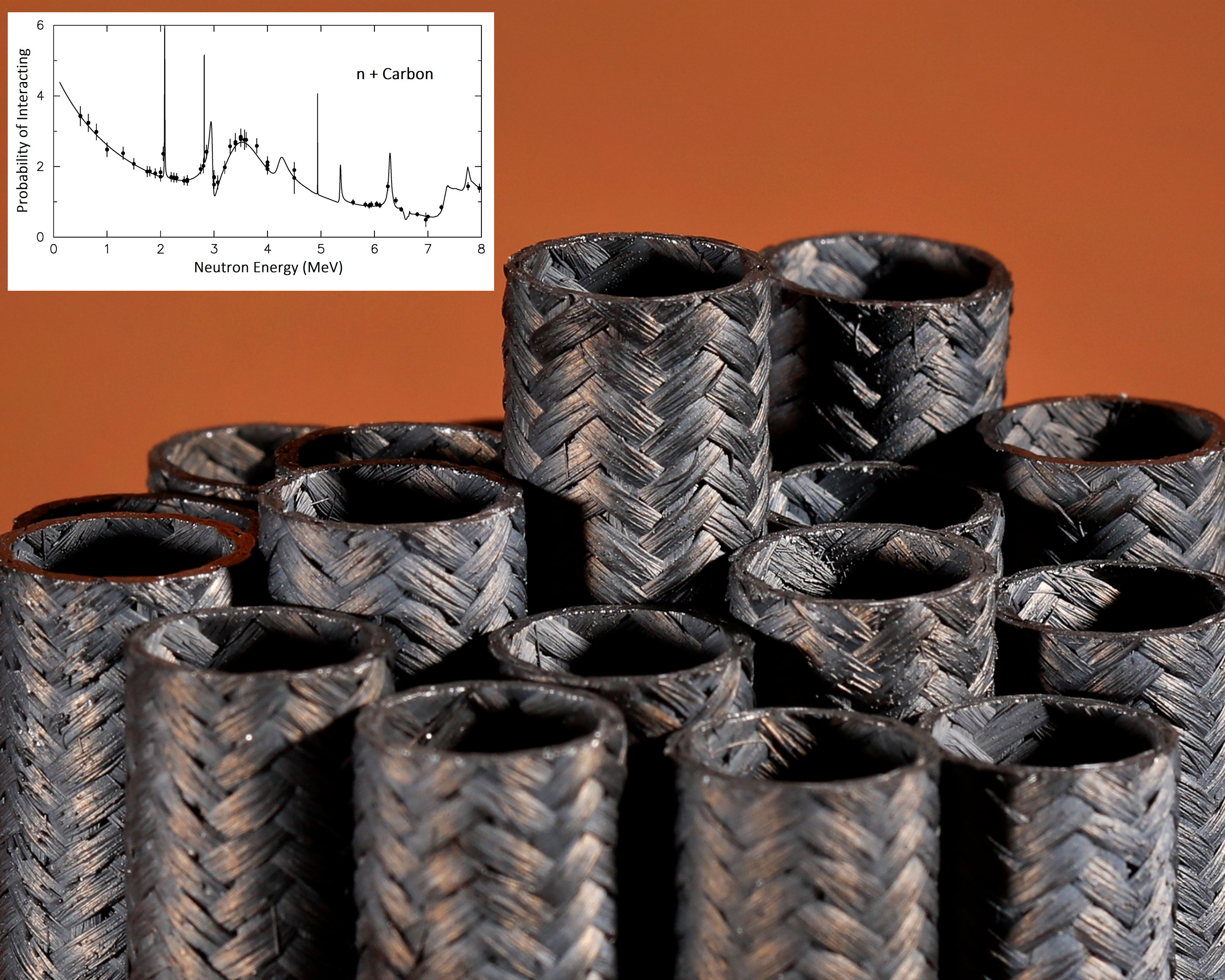
Researchers study the energy and angular dependence of how neutrons scatter off materials to improve reactor safety and efficiency.
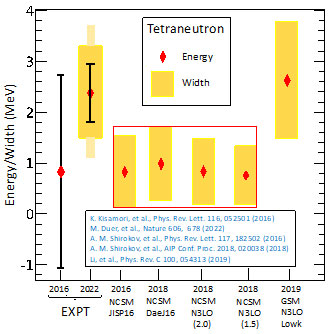
Long predicted by theory with support from supercomputers, this combination of neutrons advances nuclear physics